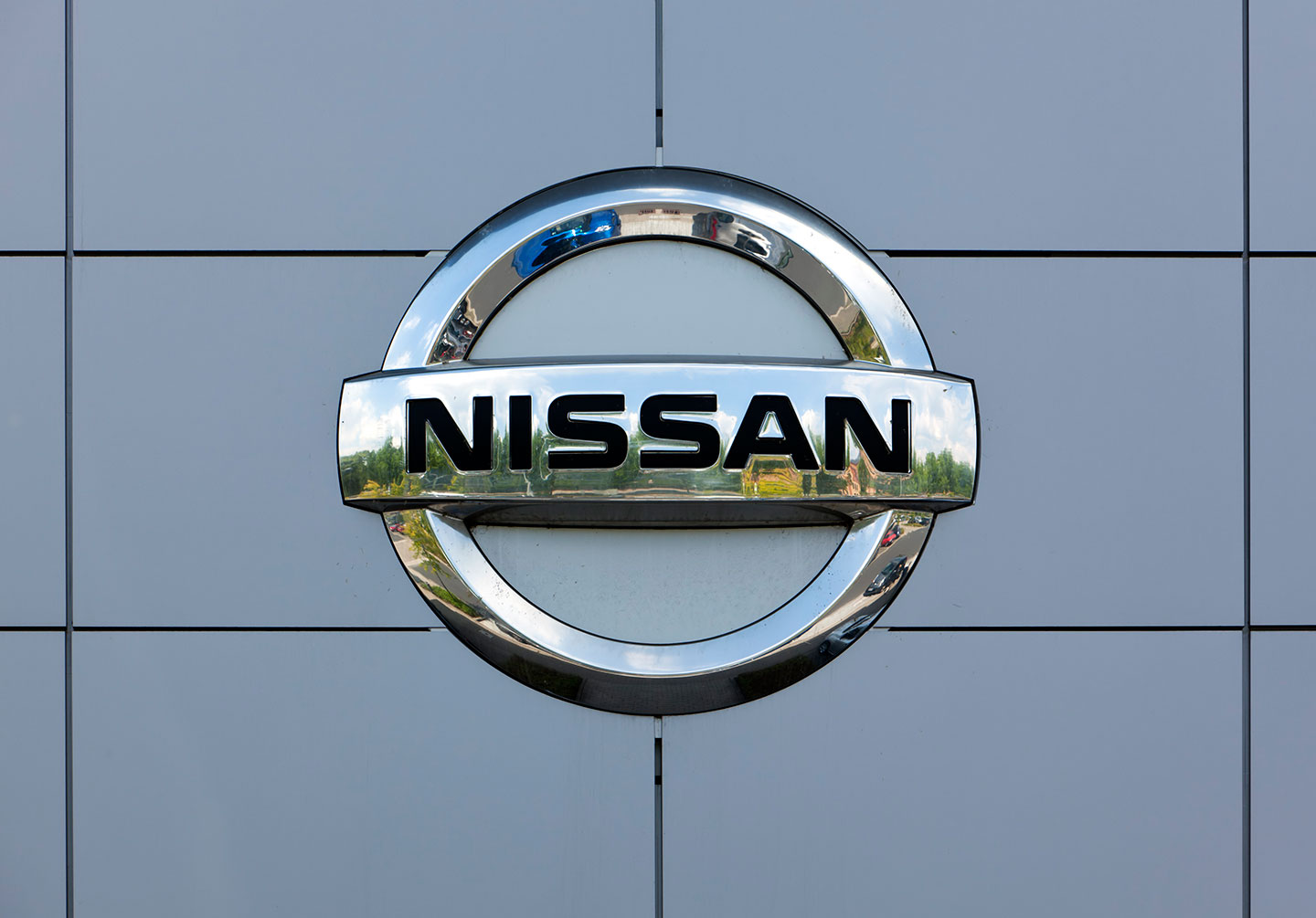To many students and executives in the leadership programmes I ran, Carlos Ghosn seemed the stuff of legend, having turned around the likes of Michelin, Renault and then a nearly bankrupt Nissan.
He was a charismatic, pacesetting leader who got results – nicknamed “Le Cost Killer” in his native France and “Seven-Eleven” for his exceptional work ethic in Japan. Described by a Japanese manga author as having a God-like quality, Ghosn seemed to be the superhero of corporate leaders. He was also someone with high cultural intelligence: born in Brazil to Lebanese parents, educated in a Jesuit school, and living and working successfully across continents.
The fact that Ghosn could not be identified with any one culture added to his appeal. Under Ghosn’s watch, Nissan launched the world’s first mass-produced electric car, was listed fourth in Forbes’ list of the world’s most innovative companies, and won awards for its diversity and inclusiveness.
In my classes, we followed the 18-year career of Ghosn at Nissan, tracing the many twists and turns that he and the company went through: from the “Nissan Revival” (or resuscitation) Plan in the first two years of his tenure, to the turnaround initiative, dubbed “Nissan 180”, which saw the company return to profitability ahead of schedule.
Next was “Nissan Value Up”, which targeted higher sales, new car models and returns for shareholders – although Ghosn did have to ask for an extension to meet his targets. (Yes, even superheroes need extensions sometimes.)
This was followed by another ambitious strategy known as “Nissan GT 2012” that called for an electric vehicle and belated expansion into Brazil, Russia, India and China. With Ghosn at the helm, Nissan became the first auto company to return to profitability after the global financial crisis of 2007-2008.
In 2010, the carmaker launched the Leaf, an affordable mass-produced electric car, only to be dragged down again by the deadly Japan earthquake and tsunami of 2011. Videos we watched showed Ghosn visiting a quake-hit plant in Iwaki near the badly damaged Fukushima nuclear power station. My students admired his bravery and dedication, and the way that he boosted the confidence of Nissan employees.
We did ask questions about some of the trade-offs Ghosn had made during his leadership. Yes, he had turned Nissan into a global company, but its marketing strategy was weakened by the constant renaming of cars. Around 2007, Nissan had no truly “global” model in the same way that Toyota had the Corolla and Camry, or Honda the Civic and Accord.
Perhaps it was time for Ghosn to move on in his career? Was the GT-R, known to some as the Godzilla car, a vanity project? Had he stayed too long at Nissan? Had he prepared any successors?
Yet Ghosn persisted – only announcing his retirement as CEO in 2017, after attaining the goals of the Nissan Power 88 plan.
Never in our wildest dreams did my students and I imagine that the next chapter in Ghosn’s life would see him being arrested by the Japanese police and fired from Nissan after whistle-blowing accusations of tax evasion.
What does this mean for the future of Nissan? And what does it show about leaders and leadership?
First, the failure to fully report one’s income is not an organisation-wide or systemic problem.
It is qualitatively different from the Volkswagen scandal, where there was systematic, persistent and widespread cheating. In this case, the investigations are still ongoing and we do not yet know if the accusations have been found to be true.
Second, there is no evidence as yet that Ghosn’s alleged actions, shocking as they may be, have compromised the quality, safety or reliability of Nissan’s vehicles.
Earlier this year, it was reported that there were misrepresentations of the fuel economy and emissions of Nissan and Mitsubishi vehicles, but that does not seem to be related to the current accusations of under-reporting of personal income.
Third, we must remember that Nissan is a large, listed company. It is no longer reliant on Ghosn as the CEO. Even though Ghosn was the chairman, there are other directors on the board. It is unlikely that Nissan will sink just because Ghosn has been fired or arrested. If anything, Nissan’s decisive action reflects its confidence.
On the other hand, Ghosn was an eloquent spokesman for Nissan: someone who knew the power of influence and was a good networker. This is an opportunity for Nissan to develop a less person-centric manner of communicating its identity, brand and views.
So what does this show about leaders and leadership?
First, that maintaining perspective is important, but it is hard to maintain perspective when one is so greatly admired, when so much depends on oneself and when one works in a hierarchical culture where there is much respect and deference given to leaders.
Leadership can also be a risky business – leaders often take risks when they make big changes.
How then, can leaders guard against going astray? They can seek feedback and listen to others, encourage debate, learn to appreciate alternatives and take regular breaks to distance themselves from their work, and reflect on their behaviour and personal life.
Sometimes, going away is the best thing a leader can do.




